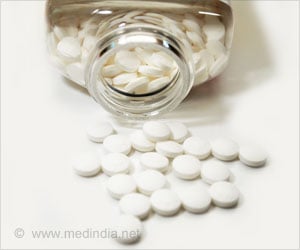An estimated 3.8 million Americans engage in the non-medical use of opioids every month and prescription opioids could be a source.

‘Unused opioids prescribed for use after a surgery may be diverted for non-medical use and contribute to opioid-related injuries and deaths.’





Based on the 2015 National Survey on Drug Use and Health, an estimated 3.8 million Americans engage in the nonmedical use of opioids every month. Mark C. Bicket, M.D., of the Johns Hopkins University School of Medicine, Baltimore, and colleagues reviewed six studies (810 patients who underwent seven different types of surgical procedures) to examine how commonly postoperative prescription opioids are unused, why they remain unused, and what practices are followed regarding their storage and disposal.
Across the six studies, 67 percent to 92 percent of patients reported unused opioids. Of all the opioid tablets obtained by surgical patients, 42 percent to 71 percent went unused. Most patients stopped or used no opioids owing to adequate pain control, and 16 percent to 29 percent of patients reported opioid-induced adverse effects.
In two studies examining storage safety, 73 percent to 77 percent of patients reported that their prescription opioids were not stored in locked containers. All studies reported low rates of anticipated or actual disposal. but no study reported U.S. Food and Drug Administration-recommended disposal methods in more than 9 percent of patients.
A limitation of the study was that the studies examined were of intermediate rather than high methodological quality, and the questionnaires completed by patients varied in form, structure, phrasing, and timing across the studies.
Advertisement
Source-Eurekalert













